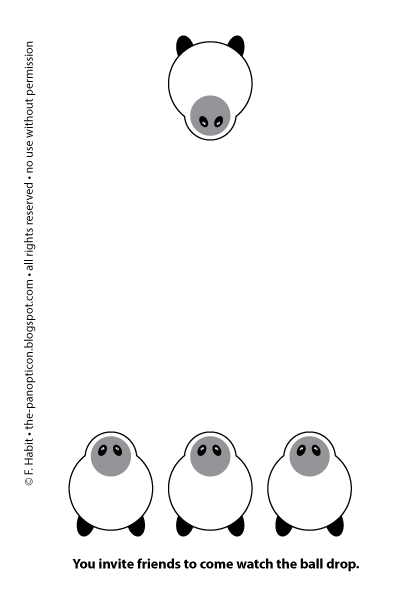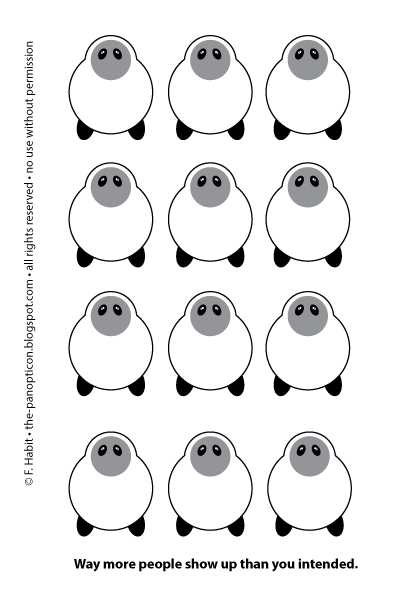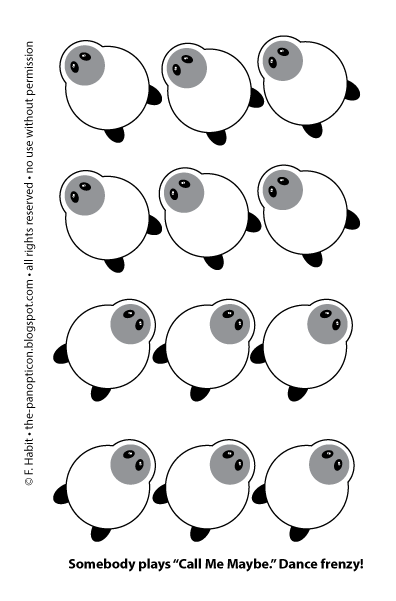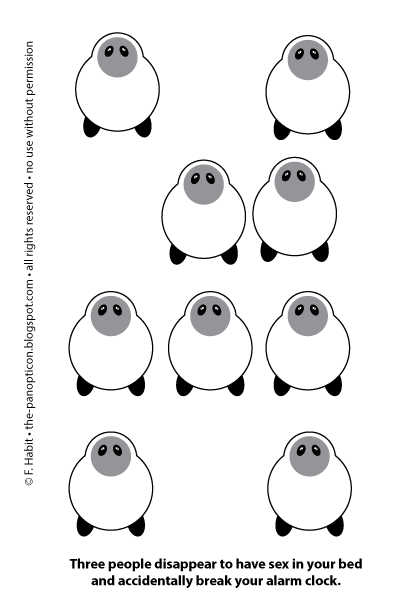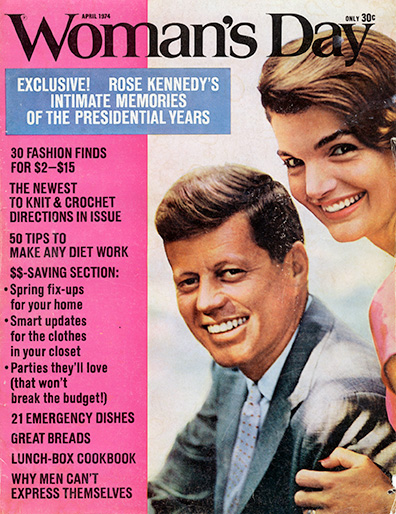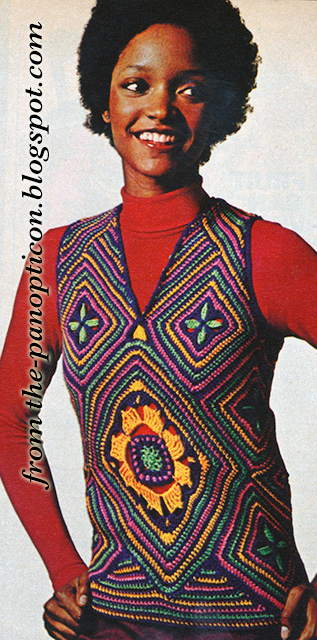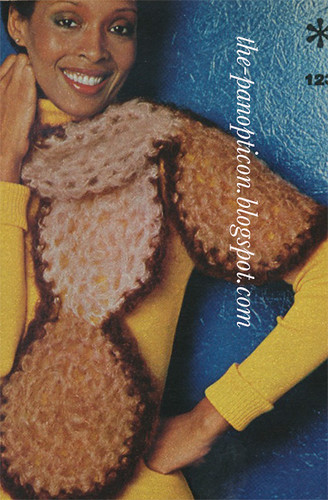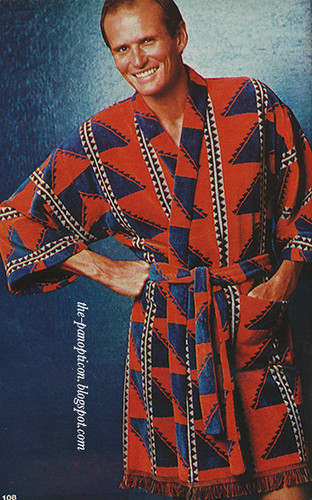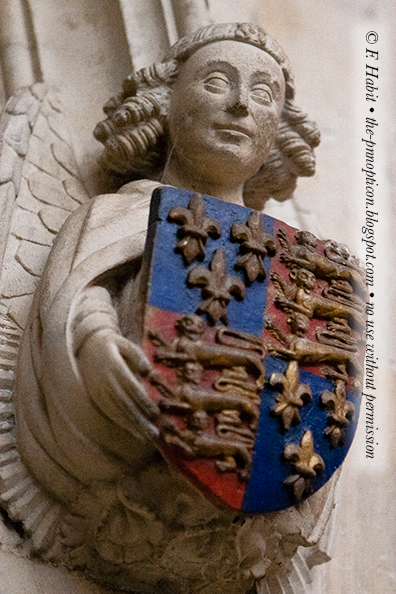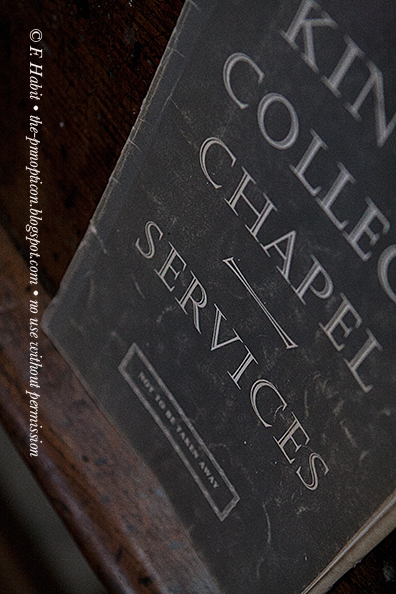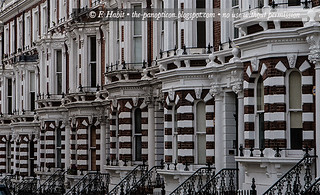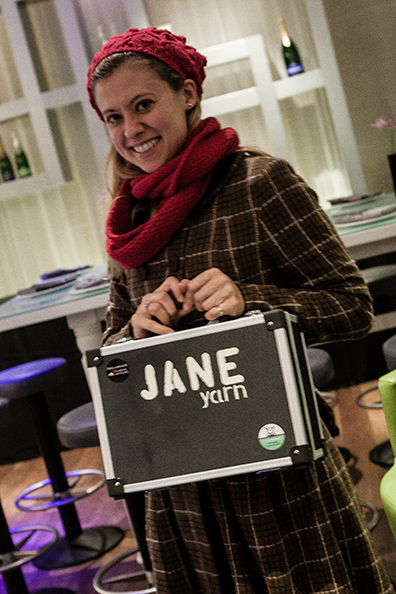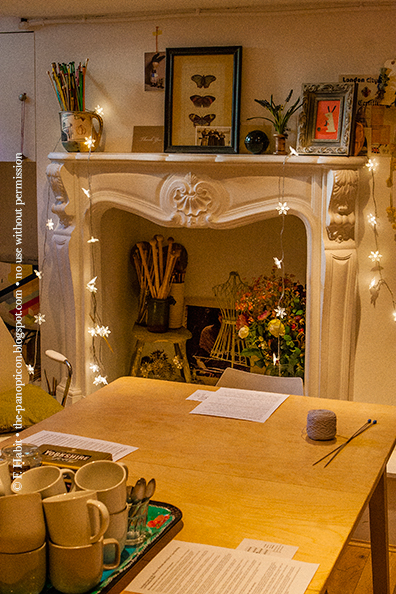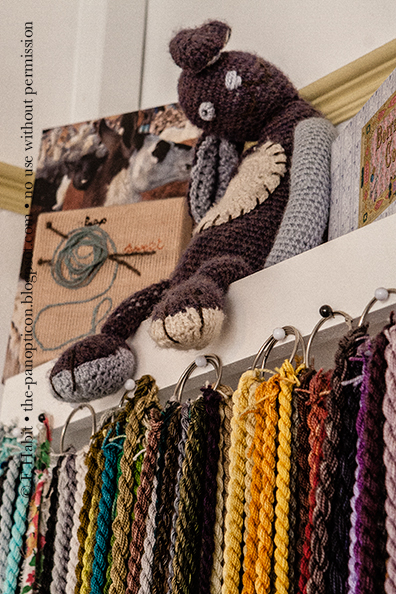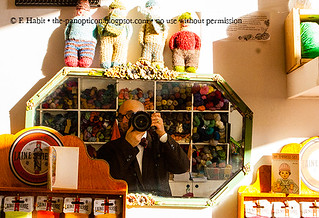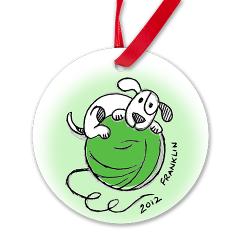A final note from the England trip, an addendum of sorts to the notebooks (
one,
two,
three).
We spent most of the day doing what visitors do in Cambridge. College, college, college, Trinity Street (I bought a beautiful English-made bow tie at Arthur Shepherd), college, college, church, church, church, lunch.
It was mid-afternoon, the clock was ticking, and I had not yet set foot in a bookshop.
Working on a hunch that an ancient center of learning might yet have one or two of these to root around in, I asked
Liz.
"Yes," said Liz. "I will point you at two. Tom and I can go have a drink at the pub while you browse."
(Liz has done this before.)
After some negotiation it was agreed that I should have one hour, thirty seven minutes before presenting myself at the pub.
"Now," Liz said. "Over there is the larger shop. Over here is the smaller shop, but they specialize in antique children's books."
I'll repeat that.
"They specialize," said Liz,
"in antique children's books."
I think Tom said something after that, but I was already at one hour, thirty six minutes and ten seconds and didn't have time to fool about. I can talk to Tom any time.
The children's bookshop was the size of four phone booths. For those of you too young to remember phone booths, it was the size of those four retro novelty photo booths at Jerusha and Skylar's wedding in Williamsburg, the one your whole dodge ball team went to.
I walked in, and the first thing that hit me in the face was a shelf crammed with titles I have read about but never seen in person.
This place is the physical embodiment of my lifelong wish list. Within seconds, I was confronted by four linear feet of what I gauged to be turn-of-the-century Caldecott.
"May I help you find anything?" said the nice lady at the desk.
"Gasp," I gasped.
"Well, do please let me know," she said.
I stared dumbly at the row of Caldecott for a moment. I tried to reach for a book and realized my fingers had gone numb.
Then, much as those who have survived environmental catastrophes say that an inborn, automatic survival instinct pulled them through, I heard a voice that was not quite my own say,
"Listen. I'm from America and only have a few minutes. I see you have piles of Caldecott. I'm also interested in Ernest Shepard, Arthur Rackham, Dulac, and Walter Crane. Oh, and I wonder what you might have in the way of needlework titles–especially knitting."
She sprang into action.
"Needlework. Hmm. Now, that's a tough one." But she had that look in her eye, the one book people get when presented with a novel challenge.
"I know," I said. "There really isn't much."
"Well, have a look at these." They were crochet books from the 1950s, aimed at the plucky post-war girl of twelve to fourteen.
"Sweet," I said. "But I don't really crochet."
"Hmm. Well, I'm afraid aside from those all we have at present would be some
Girl's Own annuals with needlework patterns..."
"I like the sound of that."
"...and then there's
that."
Up on a top shelf, cover facing out, leaning casually against a row of who cares what, was this.
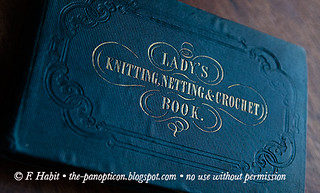
It's Jane Gaugain's
The Lady's Assistant for Executing Useful and Fancy Designs in Knitting, Netting, and Crochet Work.
Jane Gaugain, in case she's not a household name for you (yet), is the woman you might call the mother of fiber arts publishing. She ran a haberdashery business in Edinburgh with her husband, she wanted to sell wool yarns from Germany, and she realized that you sell more yarns with pattern support. So she began to circulate patterns by request and subscription. (There is a wonderful article about her in this issue of
Twist Collective.)
Then, in 1840, Mrs Gaugain produced her first book. This book.
This book,
which is the beginning of everything that brought you all those knitting and crochet titles on your shelf. Elizabeth Zimmermann, Mary Thomas, Barbara Walker, Alice Starmore, Interweave, Soho, STC–it all starts here.
Now, please keep in mind that I went to England owning exactly one (1) knitting book that pre-dates 1880. And it's terrible. I mean, absolutely terrible. Fun as a relic, interesting to look at, useless to work from.
So for me, standing face-to-face with the first widely acclaimed, best-selling collection of knitting patterns was a little overwhelming.
But not so overwhelming that I didn't check the price. I was afraid to look.
It was
really good. More than I'd normally drop on a single book–but really good. There aren't piles of knitting titles from this era lying around. Think about it. What do
you usually do with outmoded books of knitting patterns? You throw them away, that's what you do. Or you donate them, or trade them, so that others may throw them away. And so it has always been.
It means that when you
do find Mrs Gaugain for sale, she's pricey. But this shop was not a specialist in this topic, and though they did note "scarce" on the front flyleaf they didn't price it to keep it lying around in space that could be better occupied by, say, a nice first of
Wind in the Willows.
So I bought it, with a beating heart and just one sad glance at the big, blue, oblong, I'd-never-even-heard-of-it album of Caldecott illustrations that's still sitting there, probably, and she said they would ship it to me if you haven't yet bought my Christmas present.
When I left the shop, I checked the time. I had been inside for exactly ten minutes.
While strictly speaking I had another hour and twenty-seven minutes allotted to book shopping, I found myself unable to go on. After you find the book at the top of your Life List just sitting there, what's the point of trying to beat that in a second venue?
I didn't know what to do, honestly. I felt like a dog that had spent his life chasing cars, and then caught one.
I stumbled toward the pub, clutching Mrs Gaugain to my palpitating chest.
Liz and Tom weren't there, of course. They weren't expecting me for more than an hour. In fact they were probably expecting me to forget them entirely, then scream NO NO LEAVE ME HERE IN PEACE as they attempted forcibly to extract me from the stacks.
(Liz and Tom have done this before.)
I turned around and ran smack into them on the street. They were startled.
"What happened? Did you find something?" said Tom.
"Mmrrbrblp," I said.
It was all I could do to get the book out of my bag and show it to them. They, being kind people, did not even make fun of me (much) when I started to cry.
The copy's in beautiful shape. Sound and complete, right down to the hand-colored plates demonstrating netting.

Note the errant smudge of red left by the colorist, who was probably a tubercular orphan, aged four, or similar. Poor kid.
This is not, I hasten to add, a first edition. It's a third edition (1842) as shown by Mrs Gaugain's preface.
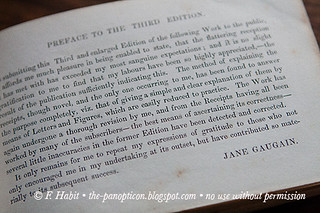
She notes:
The Work has again undergone a thorough revision by me, and from the Receipts all having been worked by many of the subscribers–the best means of ascertaining its correctness–several little inaccuracies in the former Edition have been detected and corrected.
Inaccuracies corrected? Does this mean–can it be?–that am I holding the corrected version of the Pineapple Bag?
! Did she fix the decreases at the bottom?!!

No.
